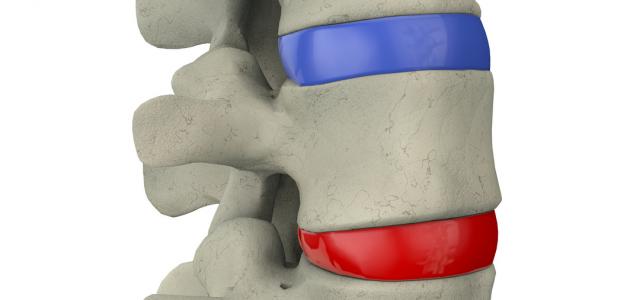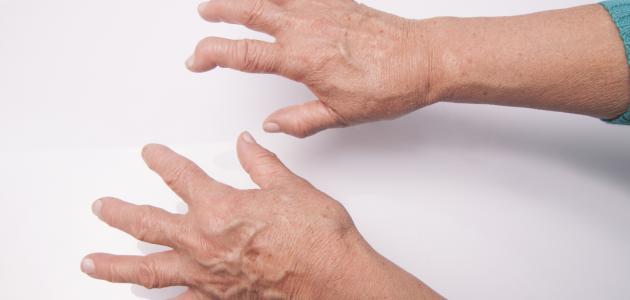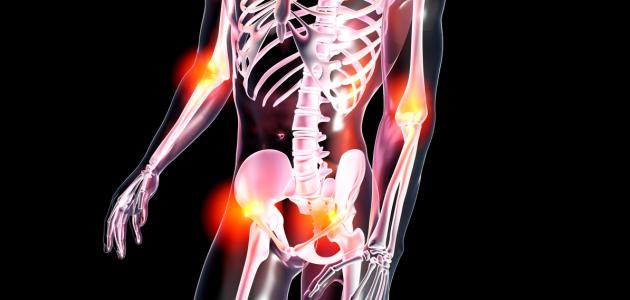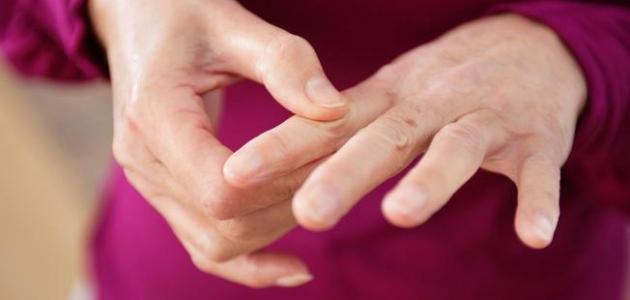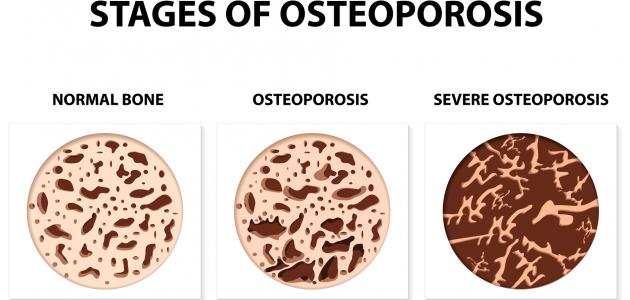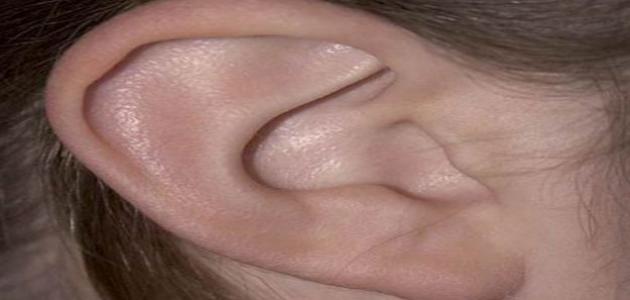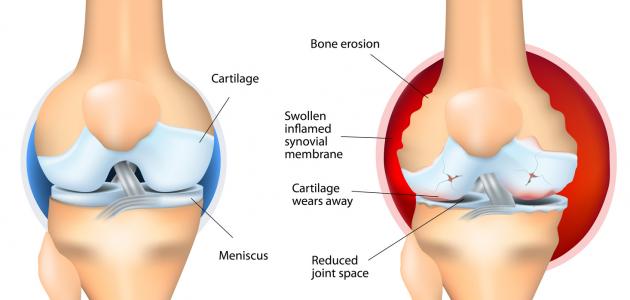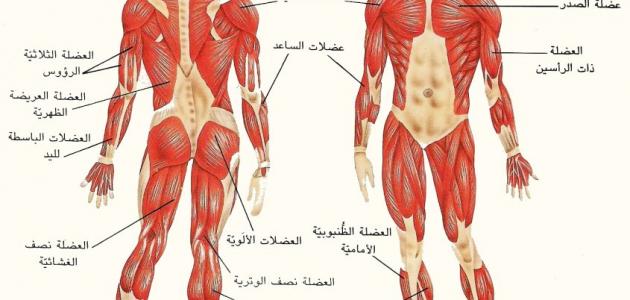Contents
the pain
Pain is an uncomfortable feeling that occurs because of tissue damage, and it is a blessing from God as it makes people pay attention to tissue damage, and take appropriate action to prevent further damage, and pain can be divided into acute and chronic, as acute pain is characterized by its persistence for a short period of time, as well as It can be eliminated by treating the main cause of the occurrence of pain, as for chronic pain that lasts for a long period of time, and cannot usually be eliminated completely, and its severity ranges from simple to severe, and it may be continuous, as is the case in arthritis, and it can be intermittent, as It is the case in migraine . [1]
Treat acute pain
Acute pain can be treated using many pharmacological options, and among the medicines used are the following: [2]
- Acetaminophen: Acetaminophen is one of the first options for treating acute pain, whose intensity ranges from mild to moderate, and this drug has many advantages that make it the first choice for treating acute pain, the most important of which are the lack of side effects, the lack of drug interactions, and it is not associated with increased blood pressure , and the possibility of using During pregnancy , it is a suitable option for kidney patients, in addition to its low price.
- Nonsteroidal anti-inflammatory drug (NSAID), these drugs are used to treat acute pain, and they have anti-inflammatory properties, making them a suitable choice for treating dysmenorrhea , osteoarthritis, or other non -steroidal anti-inflammatory drugs. It is known as degenerative arthritisExamples of these drugs are ibuprofen and naproxen, and possible side effects of these drugs are headache, drowsiness, nausea, and indigestion, and caution should be exercised when using these drugs to treat pain in patients with previous bleeding in The digestive system, patients with stomach ulcers, the elderly, smokers, and patients who take low doses of aspirin, and these drugs can also cause renal impairment, and therefore caution should be exercised when used in patients with impaired kidney function for fear of kidney failure Sharp.
- Selective non-steroidal anti-inflammatory drugs : COX-2 Selective NSAIDs: These drugs have similar efficacy to NSAIDs, except that they are more expensive than them. An example is Celecoxib. Menstruation, headache, rheumatoid arthritis pain , osteoarthritis, and ankylosing spondylitis, and the use of these drugs is associated with a slight increase in the likelihood of brain clots , heart attack, and blood clots in the legs, so care should be taken when using them in treating patients Most vulnerable to these complications.
- Opioids: Opioids are used to treat pain when acetaminophen or NSAIDs do not work. Opioid analgesics can be divided as follows:
- Weak opioid analgesics: Weak opioids are usually used in the form of a mixture containing acetaminophen or NSAIDs, in addition to a weak opioid painkiller such as hydrocodone and oxycodone .
- Opioid analgesics strong: These drugs morphine , which is a powerful dwelling, and is used when medications opioid added failure to acetaminophen or painkillers Allastairoedah, and side effects of these drugs effects of nausea , vomiting, constipation, drowsiness, itching, urinary retention , And respiratory depression.
- Other medicines: There are other medicines used to treat pain that do not belong to the aforementioned groups, and these medicines include the following:
- Tapentadol: This drug has the same efficacy as Oxycodone in treating acute pain, except that you are much less likely to suffer from side effects such as nausea, vomiting, and constipation resulting from it compared to Oxycodone.
- Tramadol: This medicine is used to treat acute pain such as osteoarthritis, and caution should be exercised when using this drug in treating patients at risk of epilepsy .
Treating chronic pain
Treating chronic pain with medication
Treatment for chronic pain includes medicines used to treat acute pain, in addition to many different groups of medicines, including the following: [3] [4]
- Antidepressants: can cure the pain of chronic , such as pain sister and the pain of the menstrual cycle using many antidepressants , which are used at doses lower than those used to treat depression, these drugs are used on a daily basis and not when needed, and cause many side effects, including drowsiness Therefore, it is recommended to take it in the evening, and among the antidepressants used to treat chronic pain are the following:
- Selective serotonin reuptake inhibitors, for short, SSRIs such as Citalopram, Fluoxetine, Paroxetine, and Sertraline .
- Serotonin – norepinephrine reuptake inhibitor, such as venlafaxine and duloxetine.
- Tricyclic antidepressants: such as Amitriptyline, and Desipramine.
- Anti-epileptics: These drugs are very useful in treating pain caused by nerve problems, and these drugs cause drowsiness, which usually improves over time, and examples of these drugs are carbamazepine and Gabapentin Pregabalin, and pregabalin.
Treating chronic pain with nerve block
Chronic pain can be treated using various nerve block techniques, and among these techniques are the following: [3]
- Steroid injections in the area Epidural: are injected medications steroidal in the area of the epidural to control the pain in the back , leg, neck, arm, and hand, has caused such temporary drugs Alkhaddran the parties concerned.
- Facet joint injection : Facet joint injection helps the facet joints move the spine in the neck and back, so injections are used in these joints under X-ray guidance to relieve neck and back pain , and a common side effect of these injections is pain in the neck or back Where the needle is inserted.
- Alahsar friendly cotton: is in this procedure injected a local anesthetic near the nerves of nervous friendly in the area of cotton from the back, and used this procedure to reduce leg pain caused by the syndrome of pain respects the compound of the first type , this procedure may cause temporary numbness after injection.
- Celiac plexus block: In this procedure, an anesthetic substance is injected into a group of nerves called the abdominal plexus. In fact, this procedure is used to relieve pain in patients suffering from pancreatic cancer or other chronic abdominal pain.
- Astrocytic ganglion block: This procedure is used to reduce hand or arm pain caused by CRPS, and it is also used to improve blood circulation in the arm in patients who suffer from poor blood circulation, due to some diseases.
References
- ↑ "What is pain and how do you treat it?" , www.medicalnewstoday.com , Retrieved 7-6-2018. Edited.
- ↑ "Pharmacologic Therapy for Acute Pain" , www.aafp.org , Retrieved 6-6-2018. Edited.
- ^ A b "Treatment Options For Chronic Pain" , Www.asra.com , Retrieved 7-6-2018. Edited.
- ↑ "Pain Medications" , www.webmd.com , Retrieved 7-6-2018. Edited.

